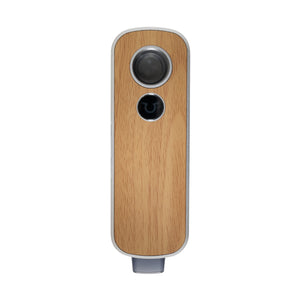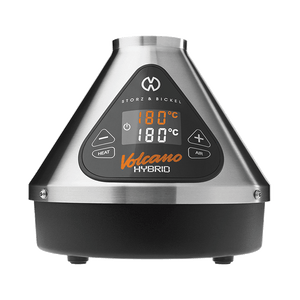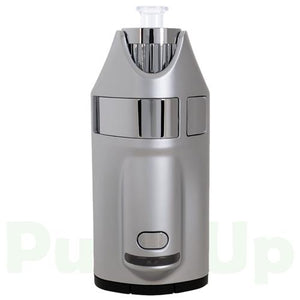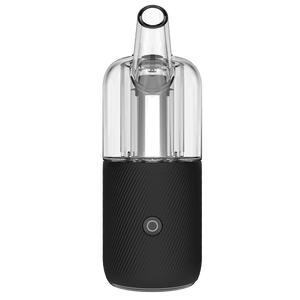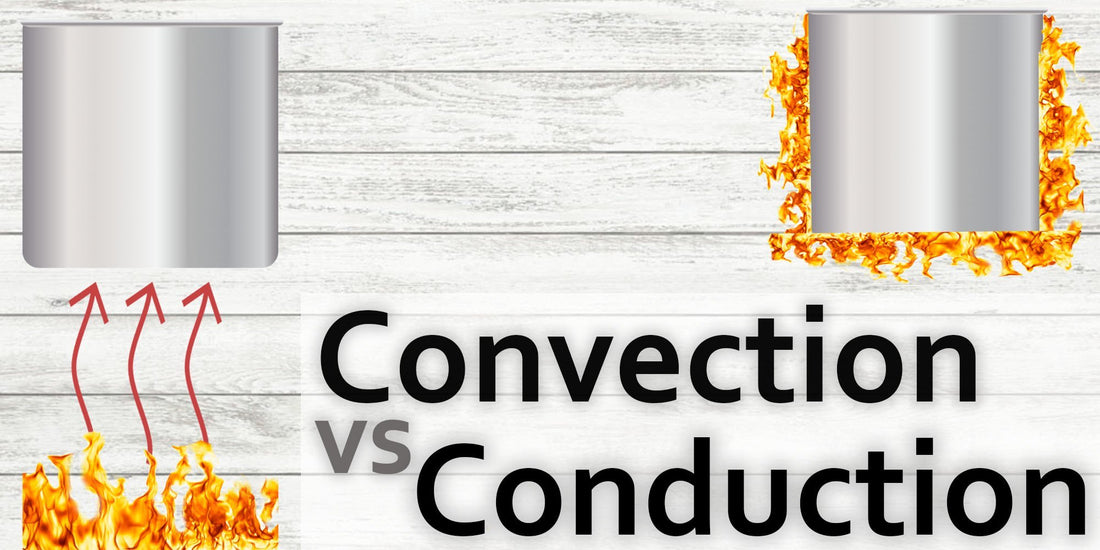
Convection vs Conduction vaporizers, what you need to know
Share
Dry herb vaporizers come in all different shapes and sizes; however, the two methods for creating vapor are usually the same. In this post we are going to talk about the differences in Convection vs Conduction.

Convection means hot air passes though the chamber to create vapor
Usually there is a heating element below the chamber. When you draw, hot air flows through the chamber creating vapor. For portable vaporizers convection is the new kid on the block. Most portables are conduction, however, that trend is changing as convection technology gets better and better.Advantages of Convection vaporizers:
- Flavor quality This is the biggest win for convection vaporizers; the flavor quality is superb. With conduction vaporizers your herbs are constantly heated. Convection only heats your herbs while in use. Not only will your herbs taste better, the left over AVB has less of a "popcorn" taste than conduction which is great for cooking.
- Most efficient with your herbs Conduction vaporizers are constantly heating your herbs. Convection only heats your herbs while in use. This means your herbs are only extracting vapor when you want it to without any idle cooking.
Disadvantages of Convection vaporizers:
- Battery life And what a drag it is. Convection takes up more energy than conduction which means less battery life for pure convection vaporizers. Luckily, batteries are improving and so are the convection heating elements. Future convection vaporizers will have more efficient heating elements and larger capacity replaceable batteries.
- Learning curve We spend a lot of time talking to people who are buying vaporizers for the first time. If you are new to vaporizers you are more likely to return a convection vape than a conduction vape. The most common return reason is "it's not producing vapor". Air passes through the herbs which takes a few moments before producing vapor. If you are used to smoking from a pipe or rolling then you are probably expecting to take a small draw and blow out a large cloud. This isn't how convection vaporizers operate. Pure convection takes a long draw to produce vapor. You will definitely get a nice big cloud if you take your time; however, the learning curve is there. Also, because convection is a hot stream of air it tends to miss the inner part of your herbs. So halfway through your session you usually need to stir the chamber. This isn't a huge problem and some manufactures are already working on solving this issue.
- Heating elements take up more space Convection heating elements usually sit below the chamber; this takes up more space than your standard conduction element. This is why ultra compact vaporizers like the PAX use conduction. There isn't enough room for the larger convection heating elements.
- Cost This probably wont be the case forever but currently good convection vaporizers cost more to make, mostly because the technology is still changing and the heaters require stronger batteries.

Conduction means the chamber gets hot to create vapor
With conduction vaporizers the chamber itself works as the heating element. The walls of the chamber heat up which in turn heats your material and creates vapor.
Advantages of conduction vaporizers:
- Efficient use of energy Power conservation is a difficult thing when you are creating heat. Conduction vaporizers usually have significantly more battery life than convection. Most conduction vaporizers use ceramic, borosilicate glass or stainless steel for their chambers. These materials are sturdy, inert and get hot fast which make them ideal.
- Smaller Convection heating elements usually sit below the chamber taking up more space. Conduction heating elements are the chamber which makes them a lot smaller. Mini vaporizers like the DaVinci IQC and PAX Mini / PAX Plus utilize conduction.
Disadvantages of conduction vaporizers:
- Flavor quality There are lots of conduction vaporizers that produce great flavor but convection is king when it comes to flavor quality.
- Constantly cooks your herbs Airflow is always what creates the most vapor; however, conduction chambers are still hot and cooking the outside area of your herbs even when you aren't drawing. 
Ok, lets talk about hybrid chambers:
These are your more powerful vaporizers, the ones that fill up a water pipe with little effort like the Mighty or the CFX. Hybrid heating elements use both Convection and Conduction: Hybrid heating elements vary a lot. The ratio between convection and conduction is slightly different on every vape. The new Fog by X-MAX Fog for example has approximately 80% convection 20% conduction ratio. Vaporizers such as the CFX v2 let you adjust between convection and conduction so you can decide what works best for you.
Advantages of hybrid vaporizers:
- Powerful vapor production If you are using both Convection and Conduction, you end up with a mix of the same advantages and disadvantages mentioned earlier. The one huge advantage hybrid vaporizers have is vapor production. You get lots and lots of vapor with hybrid chambers. That might not be everyone's cup of tea, though if you like larger water pipe clouds then hybrid heating is the way to go.
Conclusion
It's not fair to say one heating method is better than another. What matters most to me might not be the same thing that matters the most to you. If you are looking for an ultra discreet vaporizer then conduction is probably the way to go. If you are all about the flavor, convection is awesome. If you like monster clouds give hybrid vaporizers a try.
Best Selling Vaporizers on the Market
Conduction/Convection Heating
Conduction E-Rig
100% Dynamic Convection
